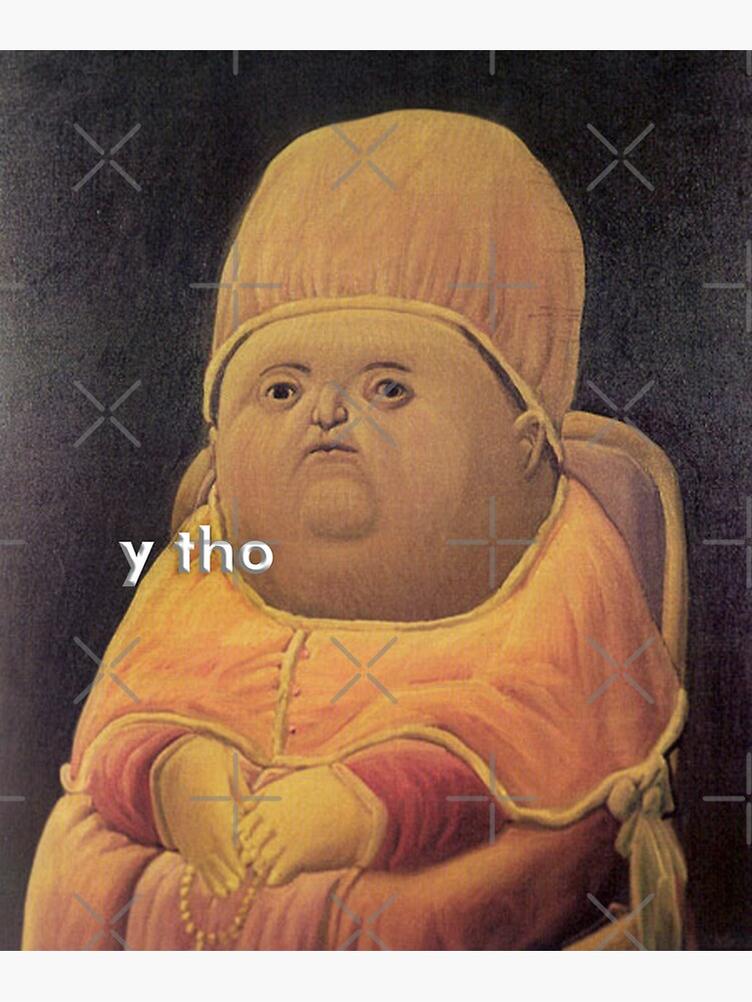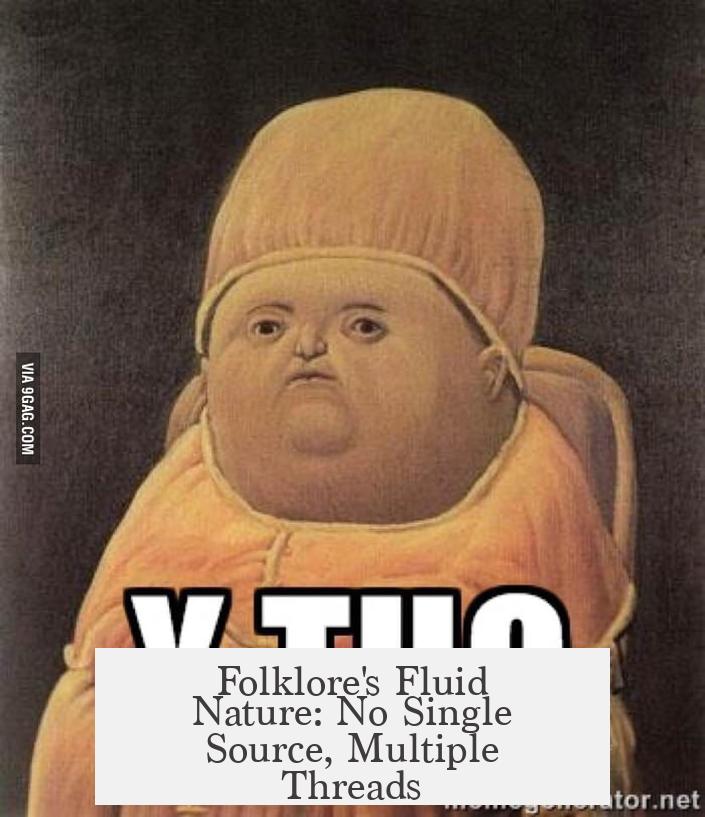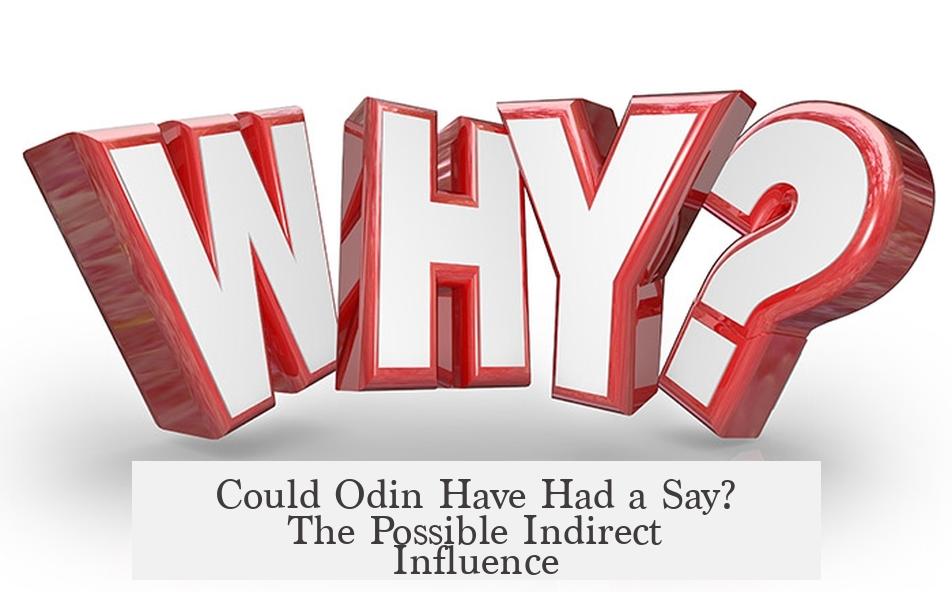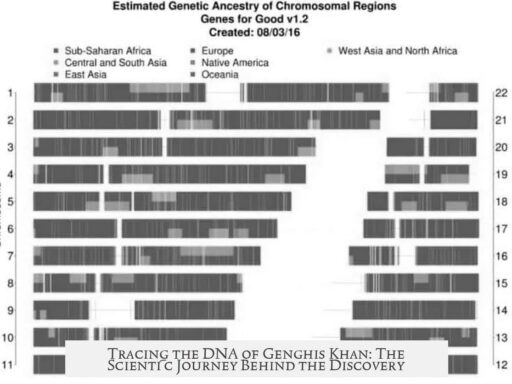St. Nicholas became Santa Claus primarily because of his historical role as a generous gift-giver and beloved Christian figure. He was a 3rd-century bishop from Anatolia, known for his charity and care for children. His association with Christmas grew naturally through Christian tradition rather than any direct replacement or merging with the Norse god Odin.
St. Nicholas serves as the original figure behind Santa Claus. The idea that Santa is a transformation of Odin lacks strong evidence and is largely speculative. Odin’s association with an eight-legged horse is sometimes loosely compared to Santa’s reindeer, but the connections are tenuous and indirect at best.
The influence of Odin on the Santa Claus legend cannot be fully dismissed. As cultures mixed, especially during Christianization, elements of pre-Christian traditions sometimes blended with Christian stories. These subtle interactions may have influenced parts of the broader folklore around winter festivals. However, it is important to recognize that these influences are likely indirect and not a straightforward transformation.
Santa Claus as we know him emerged from multiple cultural threads. Besides St. Nicholas, there were other figures associated with the winter solstice and midwinter celebrations. For example, Scandinavian tomte, household spirits, and ancestral visitations around wintertime contributed to the evolving image. These traditions merged over centuries, creating the figure of a jovial gift-bringer visiting hearths during the holiday season.
This layered development reflects the fluidity of folklore. Folk traditions rarely have a single, clear origin. Instead, they grow and change over time, influenced by geography, religion, and social customs. Attempts to pinpoint one source for Santa Claus often exaggerate or oversimplify complex cultural processes. Many “discoveries” about the origins of Santa tend to rely on speculation rather than documented evidence.
The modern image of Santa Claus itself is shaped by newer influences from the 19th and 20th centuries. Notable contributors include the illustrator Thomas Nast, whose drawings in the 1800s helped popularize a red-suited, bearded Santa figure. Later advertising campaigns—especially those by the Coca-Cola company—reinforced this image globally. These developments added polish and consistency to Santa’s appearance and personality but did not invent the character.
The story of Santa Claus is best understood as a continuously evolving tradition. It began with the historical St. Nicholas and grew by absorbing various folk elements and cultural motifs. Over time, commercial, literary, and artistic influences helped standardize and popularize the figure worldwide.
Key points to understand why St. Nicholas became Santa Claus:
- St. Nicholas was a real 3rd-century bishop known for generosity.
- He is the foundational figure for Christmas gift-giving traditions.
- The Odin connection is weak and indirect, mostly speculative.
- Winter folkloric traditions, like tomte or ancestral spirits, also influenced Santa’s development.
- Folklore evolves over time and usually combines many cultural threads.
- 19th-20th century artists and advertisers shaped Santa’s modern look and global reach.
- Santa Claus is a layered, historically rich figure, not a simple transformation of one source.
Understanding Santa Claus means appreciating the complex historical and cultural blending that gave birth to this beloved Christmas icon. The transformation from a 3rd-century Anatolian bishop to the jolly man in red involves centuries of storytelling, cultural shifts, and creative imagination.
Why Did St. Nicholas, in Particular, Become Santa Claus? Unraveling the Tale of a 3rd Century Bishop Turned Christmas Icon

St. Nicholas of Myra—yes, the 3rd-century bishop from Anatolia—is the original Christmas-gift-giver and the true heart behind Santa Claus. The idea that he was directly merged with Odin or evolved from Norse mythology is mostly a mix of modern speculation and coincidence, rather than historical fact.
So, why *him*? Why this humble bishop, centuries removed from Christmas as we know it today, who happened to live in what’s now Turkey? Let’s dive into history, myths, and culture to untangle why St. Nicholas became the festive figure we adore.
A Bishop with a Big Heart: The Real St. Nicholas
First off, St. Nicholas was a genuine historical figure. He wasn’t just a character invented to promote holiday cheer. Born in the 3rd century in the city of Myra (modern-day Demre, Turkey), Nicholas was renowned for his generosity—especially toward children and the poor.
Here’s a fun fact: He became famous for secretly donating gifts, such as gold coins slipped into stockings or shoes left by the fire. Sounds familiar, right? His reputation for kindness made him a beloved saint far beyond Anatolia.
Dispelling the Odin Connection: Myth vs. Reality
The legend linking Santa Claus to the Norse god Odin, who rides an eight-legged horse named Sleipnir, is a popular theory but mostly a modern misconception. While Odin’s midwinter rides and St. Nicholas’s Christmas generosity share festive vibes, historically, the two figures evolved separately.
For example, the idea of flying reindeer pulling Santa’s sleigh comes from 19th-century American poems, like Clement Clarke Moore’s “A Visit from St. Nicholas” (also known as “‘Twas the Night Before Christmas”). This introduced eight named reindeer—a far cry from Norse mythology’s single eight-legged horse. There’s simply no evidence linking the reindeers to Odin’s horse or suggesting St. Nicholas was chosen to replace Odin.
So, Santa’s sleigh and reindeer? Very much a New World addition, without ties to ancient gods.
Folklore’s Fluid Nature: No Single Source, Multiple Threads

Folklore rarely behaves like a neat science experiment with one clear origin. Traditions evolve like stew, blending many ingredients over time. St. Nicholas’s transformation into Santa Claus is one such deliciously complicated recipe.
Our modern quest to identify a single source behind a folk tradition sometimes misses the point. Instead, many cultural threads easily tangle together, influenced by local customs, religious shifts, and storytelling flair.
This explains why writers occasionally claim they’ve “discovered” Santa’s origin—but often it’s wild speculation rather than documented history.
When Fict Meets Fact: Santa Claus as a Cultural Construct
Think of Santa Claus like a “fict,” a term coined by folklorist Carl Wilhelm von Sydow. A fict is something adults tell kids to believe, like the tooth fairy or Easter bunny. These figures aren’t historical people but cultural creations designed to spark imagination and joy.
So while St. Nicholas was real, the “Santa” we hug, climb chimneys for, or see in commercials is a blend of fact, myth, and fiction—crafted over centuries.
The Evolution of Santa: From Shadowy Centuries to Coca-Cola Campaigns
The modern image of Santa Claus gradually simmered over centuries in the shadows of oral traditions and local customs. Few written records illuminate this slow evolution clearly. What we do know is that the final touches came in the 19th and 20th centuries.
Political cartoonist Thomas Nast, in the late 1800s, drew many popular images of Santa with his white beard and rounded belly. Later, the Coca-Cola company’s mid-20th-century advertising helped cement the red-suited, jolly, pipe-smoking Santa image we know today.
But none of these creators “invented” Santa. They added layers to a bunch of threads developed over time, making the motif ever-changing and adapting.
Could Odin Have Had a Say? The Possible Indirect Influence

Is it possible Odin—the Norse god who led a Wild Hunt through the skies—indirectly influenced Santa Claus? Maybe. There’s no direct transformation from Odin to Santa, but cultural overlaps happen.
When Christianity spread through Northern Europe, many pagan traditions were reinterpreted instead of erased. Winter solstice celebrations, ancestral spirits visiting the hearth, and magical helpers like the “tomte” blended with the saint’s story. In this big cultural mix, some Odin-like traits might have slipped in through folklore keeping bits of the old ways alive, misunderstood or misremembered over time.
Many Roads Lead to Santa Claus
Santa’s origin is truly a multi-path journey. These paths include the historical St. Nicholas, Nordic household spirits like the tomte, ancient solstice customs, ancestral veneration, and much more. Each provided material that shaped the figure popping down chimneys on Christmas Eve.
Finally, commercial, literary, and artistic influences in modern times molded Santa into today’s iconic symbol of generosity and holiday fun.
What Does This Mean for Santa’s Story?
Understanding Santa’s roots helps, but it doesn’t make his magic any smaller. St. Nicholas wasn’t a mythic god or a fantasy character; he was a real man whose kindness inspired centuries of tales. The blending of different customs kept his story alive and relevant through the ages.
Next time you see a red-suited, sleigh-riding Santa, remember he’s a blend of history, folklore, and imagination, shaped by many voices and many eras. The real *why* behind St. Nicholas becoming Santa Claus comes down to his legacy of giving—a timeless virtue we all enjoy celebrating.
Final Thought: What Makes Santa So Special?
Is it the reindeer? The red suit? The chimney rides? Nope. It’s the spirit of generosity, the joy of giving without expecting anything back, and the warmth of stories passed down through generations. That’s why a simple bishop from Anatolia became the brightest star on Christmas Eve.
And maybe, just maybe, the tangled tales of Odin’s horse and Midwestern poets add a little extra sparkle to a loveable legend. After all, isn’t every great story a mix of fact, fiction, and a dash of mystery?
Why is St. Nicholas considered the original figure behind Santa Claus rather than Odin?
St. Nicholas was a 3rd-century bishop known for gift-giving. The idea that Santa Claus is based directly on Odin is a misconception. St. Nicholas stands as the root of the Christmas gift-bringer, not a replacement of Odin.
Did Odin influence the creation of Santa Claus in any way?
There is no clear evidence that Odin directly became Santa Claus. Some say Odin’s image may have indirectly shaped parts of the tradition over time, but this is speculative and not documented.
How did multiple traditions contribute to the idea of Santa Claus?
Santa Claus grew from many sources: St. Nicholas, household spirits like the tomte, and winter solstice customs. These different threads blended gradually to form what we now recognize.
Why is it hard to pinpoint a single origin for Santa Claus’s image?
Folklore evolves through many influences. Trying to find one source ignores the shifting and tangled nature of traditions. Often claims of a single origin are just guesses.
What shaped the modern image of Santa Claus in recent centuries?
The 19th and 20th centuries added visible elements, from artists like Thomas Nast to commercial influences such as Coca-Cola. These helped fix and popularize the image, but did not invent it outright.

